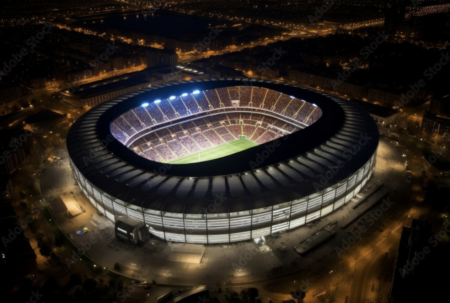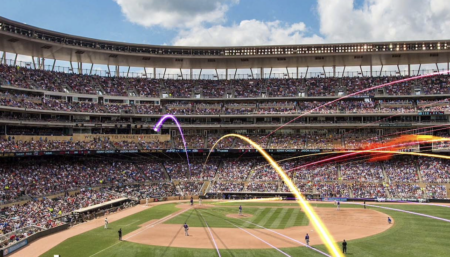During the Rio 2016 Olympic and Paralympic Games, the Future Arena will host the handball event. After the Games, according to a release from UK-based AndArchitects, the 12,000-capacity structure will be dismantled and used in the construction of four state schools, contributing to the event’s legacy and benefitting the city of Rio de Janeiro. Three schools will be constructed in Barra da Tijuca and one in Maracanã – each accommodating 500 students – as part of a US$77m legacy project.
The brief for the handball arena was to build something that would contribute to the city of Rio beyond the 2016 Olympics. A first for the Olympics, the venue will make use of an innovative technique called nomadic architecture, thus ensuring that even a temporary structure can leave a lasting legacy. Two thousand Brazilian school children will benefit from this initiative.
The arena will be dismantled and the components transported to four separate locations to be rebuilt into state schools. The main elements that will be reused are the roof, rain-screen cladding, main structural steel elements and disabled ramps, which will form the shells of the four schools. The open nature of the rain screen and external ramp, which contribute to the distinctive architectural language of the arena, will be recognizable in the architecture of the new schools.
LSFG Arquitetos Associados and Oficina de Arquitetos, in collaboration with AndArchitects, provided the design for the handball arena. AndArchitects’ experience with six temporary buildings at London 2012 helped the company jointly win the bid for the project. Careful thought was given to what materials and systems of construction would enable the transition with minimal wasted material. The schools were designed simultaneously with the arena. The grid for the floor plates and the roof were all designed from the outset for both buildings so that the panels on the façade and on the floor and roof could be easily relocated in order for the modules to work for both buildings.
After the Games, once the arena has been converted into schools, the students will be reminded of their schools’ role in the Olympic Games. One idea being reviewed is that the names of the stars of the Brazilian team are engraved onto the cladding of the building and these names will remain on the walls of the classroom.
Images: Leonardo Finotti
July 21, 2016




